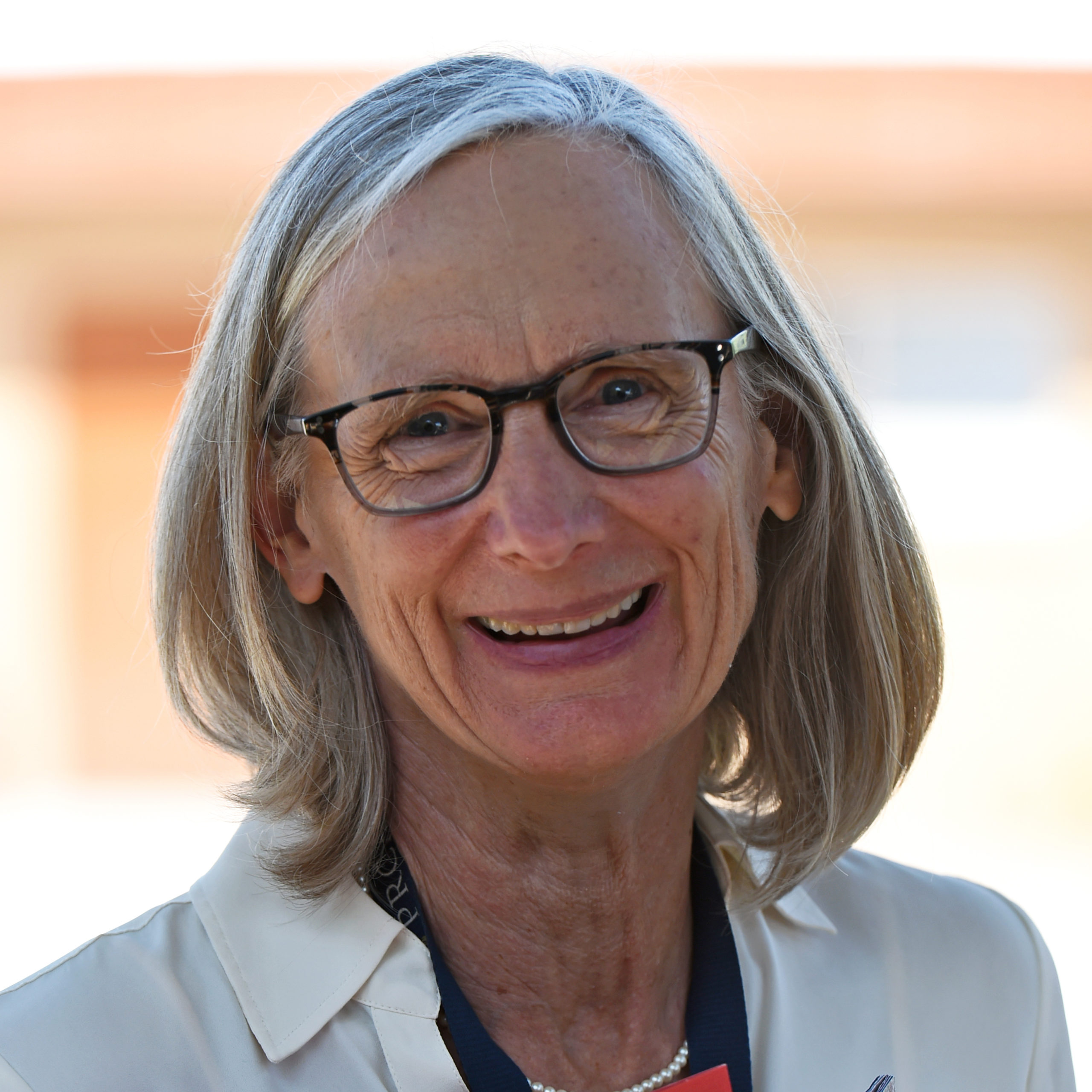“We’re going remote.”
Oh, those dreaded words that so many of us heard during the past few years!
But every cloud has a silver lining (so they say), and ours was that it forced us to take a closer look at what it was we were actually teaching our students. When the pandemic began we were in the process of creating our curriculum maps on Curriculum Trak. At the point that the lockdown hit we were busy selecting and writing our standards. We had been looking at our state standards and methodically going through them, when we suddenly found ourselves online and with no time left to ponder which standards we might adopt, which we could modify, and which we should ignore. We realized that if we were going to have a successful year, we had to clarify where we were heading NOW! And we had to be able to communicate these clearly to our students and parents.
We asked the teachers to winnow their curriculum and strip their classes to the essentials, focusing on three elements: “What are the most important skills, knowledge, and virtues that a student must gain from your class by the end of year? Please limit these to a total of 15.”
Perhaps we had Amazon on the brain, but we asked teachers to call these their “Deliverables” because these were the things we promised to “Deliver” to the students. Students might walk away from the class without these, but not because the teacher didn’t give it their all in helping students gain these essential skills, knowledge, and virtues. We called this list of knowledge, skills and virtues the “Know, Be, Do’s,” (or “Doo-bee, doo-bee, do’s.” Sing it, if you will).
Teachers set to work creating their Deliverables, asking themselves: Which knowledge, skills, and virtues must my students have to be prepared for the next year’s class? How do these “Know-Be-Do’s” correlate to the state standards? Am I asking my students to meet or exceed state standards?
After arriving at their list of essentials, teachers vertically aligned these within their departments, and refined them to a maximum of 15. These became their class Deliverables. Now they knew where they were heading and what they were responsible for doing. They posted them on their class page and communicated them to parents and students. Some taped them to their computer monitor or tacked them on their cork board so they always have them in front of them, a target at which to aim.
What did we discover by creating our Deliverables?
- Teachers are much more likely to teach their Deliverables than to teach to the state standards. They are intimately familiar with the Deliverables, having written them themselves.
- Unlike with some of the state or NGSS standards, teachers understand exactly what they are looking for, making it easier to assess whether a student is reaching a particular Deliverable.
- Having 10-15 essentials is much more manageable than the sometimes 50+ standards that overwhelm teachers. Teachers have time to craft more meaningful learning experiences rather than rush through the plethora of standards; they have more time to “uncover” rather than “cover.”
- Teachers arrive at the end of the year with a sense of accomplishment instead of thinking of “all the things I left out.”
- Plus, teachers are much more willing to be held accountable to do what they themselves have said they would do.
Next, we will work on formative and summative assessments for our Deliverables. What should we call these? On-line Reviews, anyone?
Photo by Green Chameleon on Unsplash




